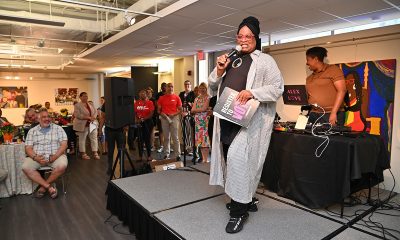Galleries
New online exhibit explores queer AAPI life
Smithsonian helmed multi-media series will continue throughout ’19
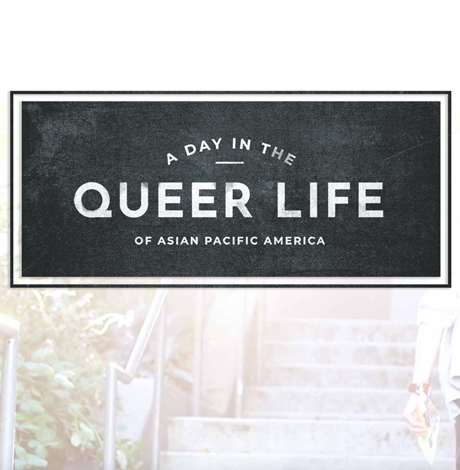
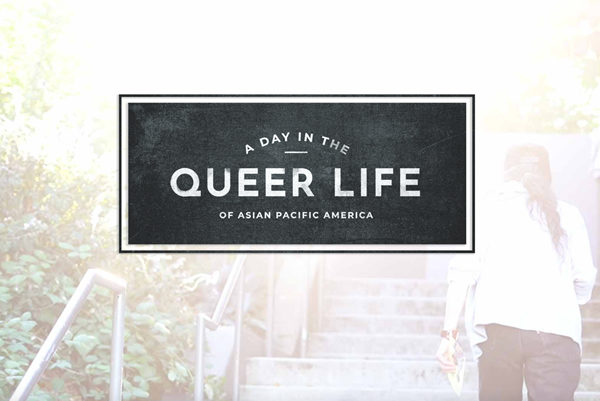
Anybody with internet now has access to a burgeoning world most of us would never otherwise see. The Smithsonian Asian Pacific American Center has launched a new digital exhibition called “A Day in the Queer Life of Asian Pacific America.”
A joint partnership between the Smithsonian, AARP and Kundiman, a New York-based organization dedicated to the creation and cultivation of Asian-American creative writing, the series (smithsonianapa.org/day-queer-life) will feature both solicited and crowd-sourced media of all types — film, photography, boomerangs and video poems, that explore queer life in Asian-American and Pacific Islander communities throughout the country including lesser-known areas with a focus on everyday life.
“Our center has a long-running commitment to support and develop and provide resources to queer Asian-American artists and scholars,” says Lawrence Davis, curator. He’s straight but considers himself a queer ally. “It’s a long-running push of ours to support and recognize areas of need in communities that have been marginalized and that have a long-running problem of underrepresentation in art history and culture.”
There are several components to the series. Among them are:
• Queer Elders: a series of four video shorts of queer elders in San Francisco, Los Angeles and sites in the South and Midwest curated by archivist, photographer and filmmaker Mia Nakano
• Queer Check-ins: a series of 12 video poem “check-ins’ by queer diasporic poets in the U.S. and beyond curated by poet Franny Choi
• Queer Youth: a crowd-sourced photography and short video exhibit
• Queer Motion: a crowd-sourced boomerang series exploring queer survival, heartbreak and joy in motion
• Queer Time: long-form essays on the queer experience of time by poet Rajiv Mohabir.
Davis says a lot of his team’s work will involve arranging the submissions in ways that make them “cohere in ways that will resonate.”
“It’s not a matter of saying, ‘We like this one, we don’t like this one,’” he says. “We find a way to give it shape, not in the process of what we think is good or not good, but thinking about how we can repackage it in a way that amplifies the material, especially the crowd-sourced material.”
His team worked on it for about a year. It launched March 25 and elements will continue to be added throughout the year. Davis would not say how much the series cost but says the Smithsonian, AARP and Kundiman all donated “considerable funding resources” to the project.
So overall, what is the plight for queer Asian-American and Pacific Islander people? Is it demonstrably better or worse than it is for other queer ethnic groups?
Davis, who is Asian himself, says there is “no magical place totally free from queerphobia and transphobia” and that it is pronounced in some AAPI communities.
“Also no AAPI person lives in exclusively AAPI communities, we live in other communities and within family spaces and community spaces … so that’s all the more reason to have a project like this that engages the realities of queer life.”
Galleries
Blockbuster Amy Sherald exhibit opens in Baltimore
Artist has emerged as LGBTQ hero after refusing to cave to censorship

Artist Amy Sherald has emerged as a hero in the LGBTQ community following her controversial decision to pull her blockbuster new exhibit “American Sublime” from the National Portrait Gallery in D.C. and move it to Baltimore after Smithsonian officials sought to censor her painting “Trans Forming Liberty.”
That painting depicts transgender model Arewà Basit as the Statue of Liberty, which conflicts with President Trump’s war on DEI and his efforts to erase transgender people from the American narrative.
Sherald issued a statement over the summer that the Smithsonian had “concerns” about the painting. “These concerns led to discussions about removing the work from the exhibition,” Sherald said in the statement. “While no single person is to blame, it is clear that institutional fear shaped by a broader climate of political hostility toward trans lives played a role.”
She said the Smithsonian had proposed including a video in the exhibit that would “contextualize” the painting and likely include anti-trans views. It was then she announced her decision to pull the exhibit entirely and move it to the Baltimore Museum of Art, a major coup for the museum.
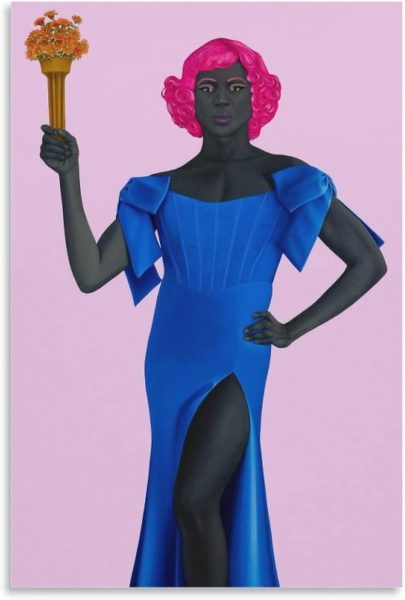
Sherald studied at Baltimore’s Maryland Institute College of Art, which she described as “the best decision I ever made,” during a sold out Q&A on Nov. 2 moderated by the BMA’s director, Asma Naeem. Unfortunately, the subject of censorship and the last-minute decision to move the exhibit to the BMA didn’t come up during the discussion. But Naeem rightly described Sherald as “one of the most important painters of our time.”
“American Sublime,” billed as a mid-career retrospective, features 38 of Sherald’s paintings, including her portraits of former first lady Michelle Obama and Breonna Taylor, along with “Trans Forming Liberty.”
Sherald and Naeem joked throughout the breezy hour-long conversation and reminisced about spending time at MICA and in Baltimore. The artist said she still finds inspiration and even potential portrait subjects in grocery stores and on the streets of Baltimore and New York, where she now lives. Many of the portraits in the exhibit were painted in Baltimore.
Although Sherald and Naeem kept it light and avoided discussing censorship, the one serious and non-negotiable subject Sherald addressed was the paramount importance of integrity. Her insistence on the integrity of the work and the inclusion of trans representation in the exhibit brought her to the difficult decision to pull her work from the Smithsonian. It was a bold and inspiring move in a time when so many public figures, CEOs, and politicians have shown a disappointing and dangerous lack of integrity in the face of an administration that seeks to subvert the Constitution and erode the First Amendment. Sherald stands as a powerful symbol of resistance and, yes, integrity in these dark times. Her refusal to cave to authoritarian impulses and blatant censorship will be remembered for years to come. The nation’s top tech CEOs and congressional leaders should see this exhibit and learn from her brave example.
“American Sublime” is open now through April 5 at the Baltimore Museum of Art and requires a paid ticket for entry. (Admission is free on Thursday evenings and free on Jan. 15 and Feb. 19. The museum is closed Mondays and Tuesdays.) For more information and tickets visit artbma.org.
Galleries
New gallery opening in D.C.
Dandelion Collective exhibition features works by John Von Sauerhoff
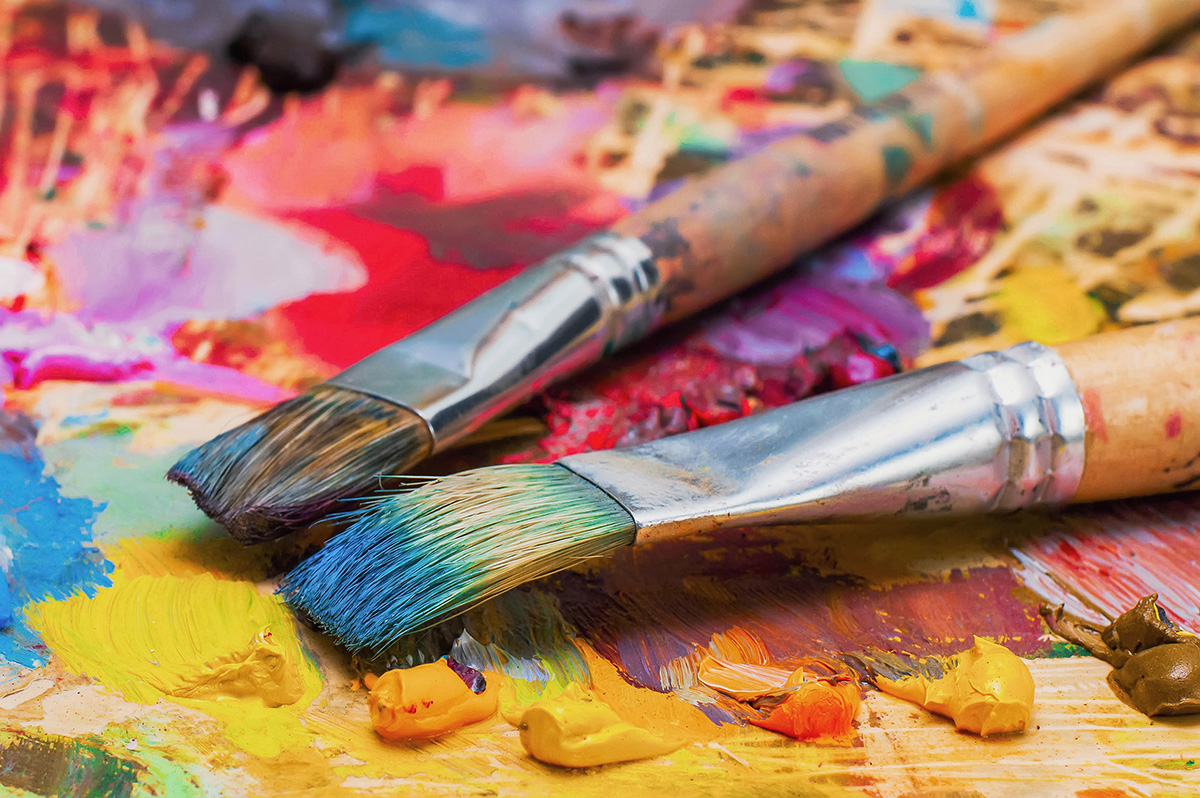
Dandelion Collective, a new space in Columbia Heights for LGBTQ healers and artists, will open on Saturday, Aug. 24 with an opening reception at 2 p.m. at 3417 14th St., N.W.
This first exhibition features the incredible, ethereal artwork of John Von Sauerhoff. His stunning pop surrealist paintings will transport you to another world.
More information is available at dandelioncollectivedc.com/art-gallery.
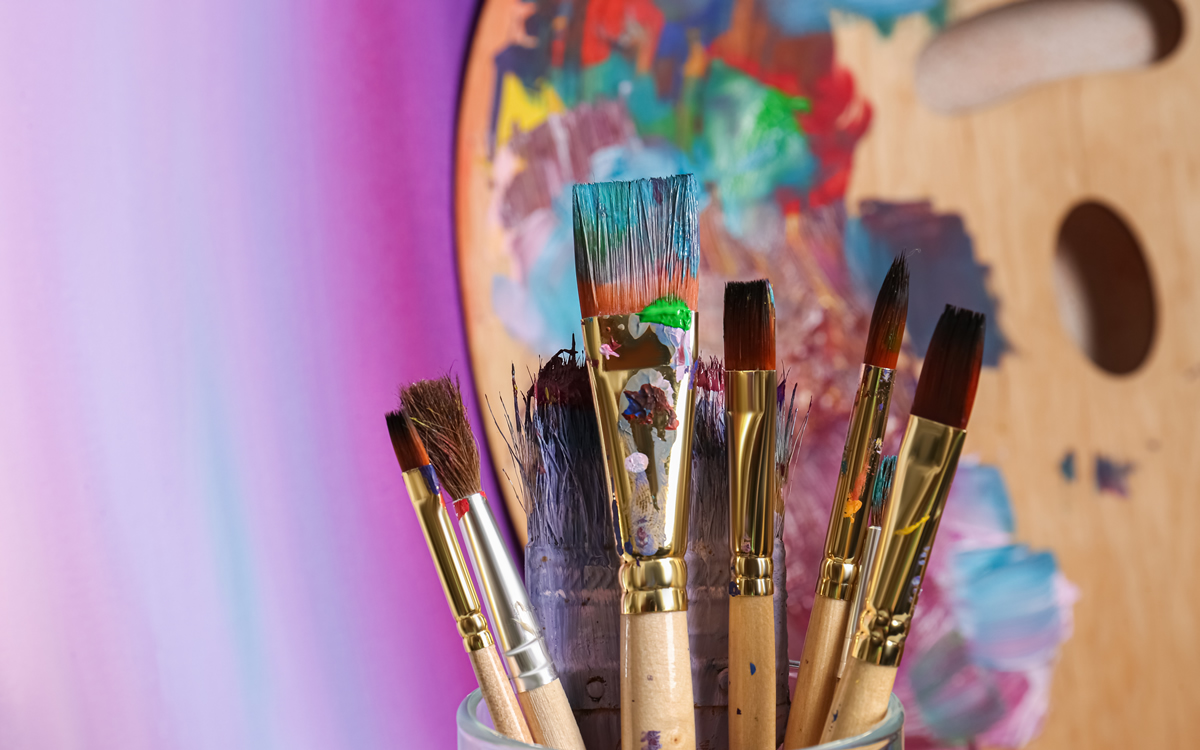
New England artists Caroline Rufo and John Rufo, also known as RufoArt will open an exhibition on Thursday, Aug. 10 at 6 p.m. at Nepenthe Gallery.
The husband-and-wife duo will share their paintings and also talk about their inspirations. Caroline explores the natural beauty, ideas, and systems of power that create her surroundings while John works toward an understanding of art as a representation of singular moments of both immediate presence and a larger context of wholeness.
For more details, visit Nepenthe Gallery’s website.



